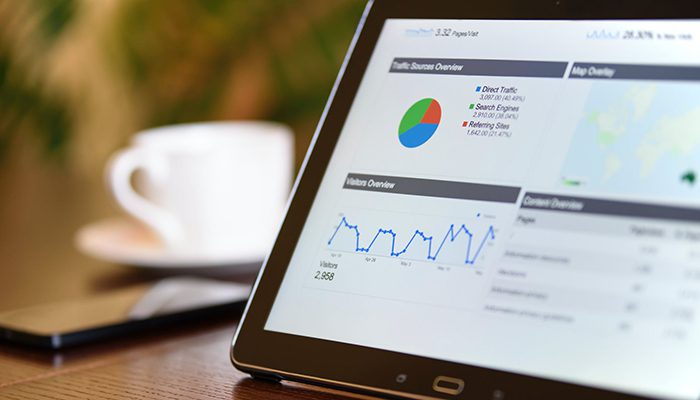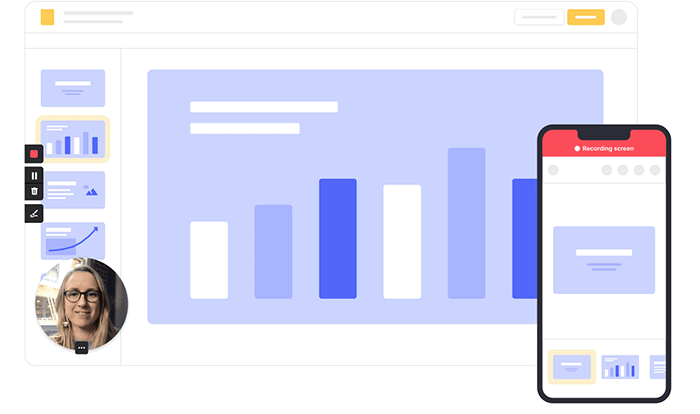
2019 US eCommerce Market Report
23/08/2021
Bad Data is Expensive!
14/09/2021A year after Covid-19 hit, there is some glimmer of hope as healthcare professionals work tirelessly to vaccinate us against the deadly virus. As businesses begin to open up again, the fact still remains that many of us continue to work remotely which has changed the dynamic we were once so accustomed to – being physically surrounded by our colleagues in a collaborative working environment. And how has this affected the implementation of Sales strategies?
Have we all made a conscious enough effort to ensure that our Sales strategies are aligned to this new ‘Living With COVID-19′ world? Life must go on, yes, but we should acknowledge that this pandemic has fundamentally changed how we work and conduct business. And how confident are we that our Sales strategies reflect this? Here are 5 things to consider:
1. Less Calling, More Emailing!
It goes without saying that more people working remotely means less phone calls being answered in the office. Until more of us happy to share our mobile numbers with the world, you’re likely to reach a dead end if you rely solely on making phone calls to connect. Email is one of the best ways to reach your prospects (and if you’re reading this we will assume that you know our platform also provides the most accurate email contact data on the Internet), so it’s worth considering this for your post-Covid sales strategy.
Salesloft is a great tool to help manage your outbound sales function through its email sequencing, dialler, and integration with 100+ apps. The email sequencer is particularly useful when sending out campaigns through cadences and cuts out a lot of manual tasks with clever automation processes. Everything works seamlessly and offers great visibility in managing day to day activities as well insight from Marketing around active email campaigns (by the way, we recently put together a guide on best practices for sending cold emails – you can download it right here!)
There are other great Sales tools out there to consider as well, but it is important to invest in this area. While Covid will ultimately become manageable, many businesses, particularly in the tech space, are adopting more permanent WFH policies and we could see this having a long term impact on outbound prospecting.

2. Connect Via Social Networks
When we spend more time at home, we naturally spend more time on social media: Facebook, Instagram, YouTube, TikTok, Twitter, LinkedIn…the list goes on. Consider where you target audience lives, and remember, while you may be selling in a B2B capacity, you’re still selling to people.
YouTube is the second most visited website in the world and Covid has naturally led to a massive increase in engagement on the video content platform, especially around topics such as home workouts, cooking, meditation, craft, etc. So why not use this as an opportunity to post some video ads of your amazing service offering?
You may think that YouTube ads are more geared towards B2C marketing, but consider the fact that this pandemic has affected all of us. We’re in this together; all collectively scrambling for tips on the best way to cut our significant other’s hair or learning how to turn our garden into an Alan Titchmarsh masterpiece. And as the tagline on YT’s advertising page so aptly says, “Be seen where everyone is watching.”
If you don’t have the budget allocation for advertising spend, that’s fine! You can always improve your outbound prospecting in other ways, for example on LinkedIn – one of our awesome AEs, Danielle, recently discovered the messaging feature available on the LI app which allows you to send a 60 second voice recording to someone after you have connected with them. Sounds trivial, but it’s actually quite powerful.
Think about how many messages you receive per week on LinkedIn; now think about how many voice messages you receive. Sending a verbal recording of yourself to a prospect is a great way to cut through the clutter and get their attention. In Danielle’s case, she found that her response rate increased by 20% when using voice messages vs written messages, so it is definitely something to consider building into your team’s Sales strategy.

3. Website Visitor Traffic Tools are Less Accurate Than Ever Before
The explosion of inbound some 15 years ago has resulted in all sorts of wonderful marketing opportunities for companies, with one area in particular demonstrating huge growth – website traffic analysis. Until Covid hit, we could reasonably assume that, with mobile accounting for 55% of all web traffic, inbound traffic tools could provide insights on roughly 45% of website visitors.
Now that most of us are working from home, this figure has dropped significantly due to more households IPs accessing websites. This begs the question: is it wise to invest in these tools during a time when more companies are embracing the WFH culture on a long-term basis?
Of course inbound is still significant important and has a crucial role in any Sales & Marketing strategy, but considering this shift towards remote working, maybe budget allocated for these tools could be freed up and better spent elsewhere. The last thing any manager wants is for their budget to be spent on tools that are not delivering ROI.

4. Get up to Speed With Video Recording Platforms
Wouldn’t we all loved to have been a fly on the wall in Zoom’s offices to see that subscription rate skyrocket after Covid hit? Virtual meeting platforms have now become an integral part of day-to-day business operations around the world and are certainly doing a good job compensating for the lack of face-to-face interactions.
Video recording platforms are also becoming increasingly popular within organisations in a bid to help bridge that physical gap between home and office. Vidyard and Loom are fantastic tools to help create engagement with customers, as well as onboarding for new team members, troubleshooting technical issues, etc. You can record the interactions on your screen with or without sound, and then share these videos internally or externally with customers.
You can also create libraries using the online platform to share with multiple members of your team, e.g. CRM knowledge transfer for the internal Sales team or new product feature show & tells. It’s a great way to maintain connectivity between team members and ensure that objectives of the Sales strategy are being met.

5. Brainstorming Sessions to Maintain Creativity
Having regular brainstorming sessions is hugely important in keeping those creative juices flowing, especially when your Sales team is working remotely. Depending on the industry you’re in or the stage your company is at, your Sales strategy will likely change from time to time. Therefore it’s important to ensure that during a time where we can’t all be together in one place, we can still collaborate as a team in a virtual capacity.
Having at least one Sales brainstorming session each week will help to keep morale high and is sure to provide some great insights from team members who will appreciate having their contribution valued, even if it might not be actioned.










